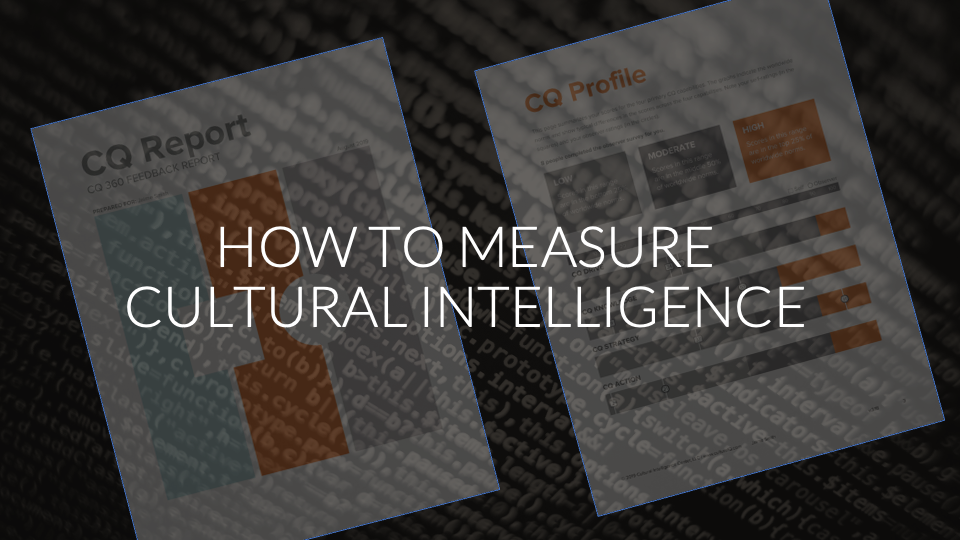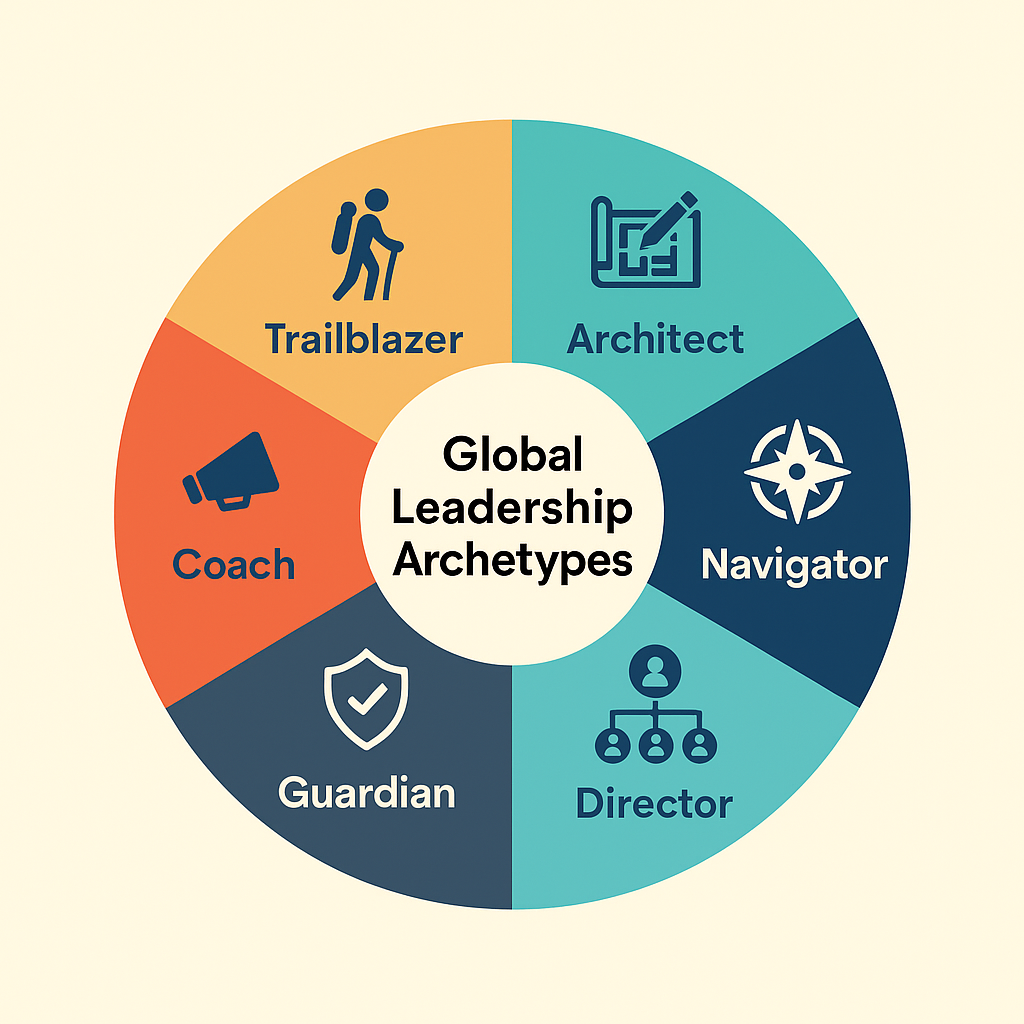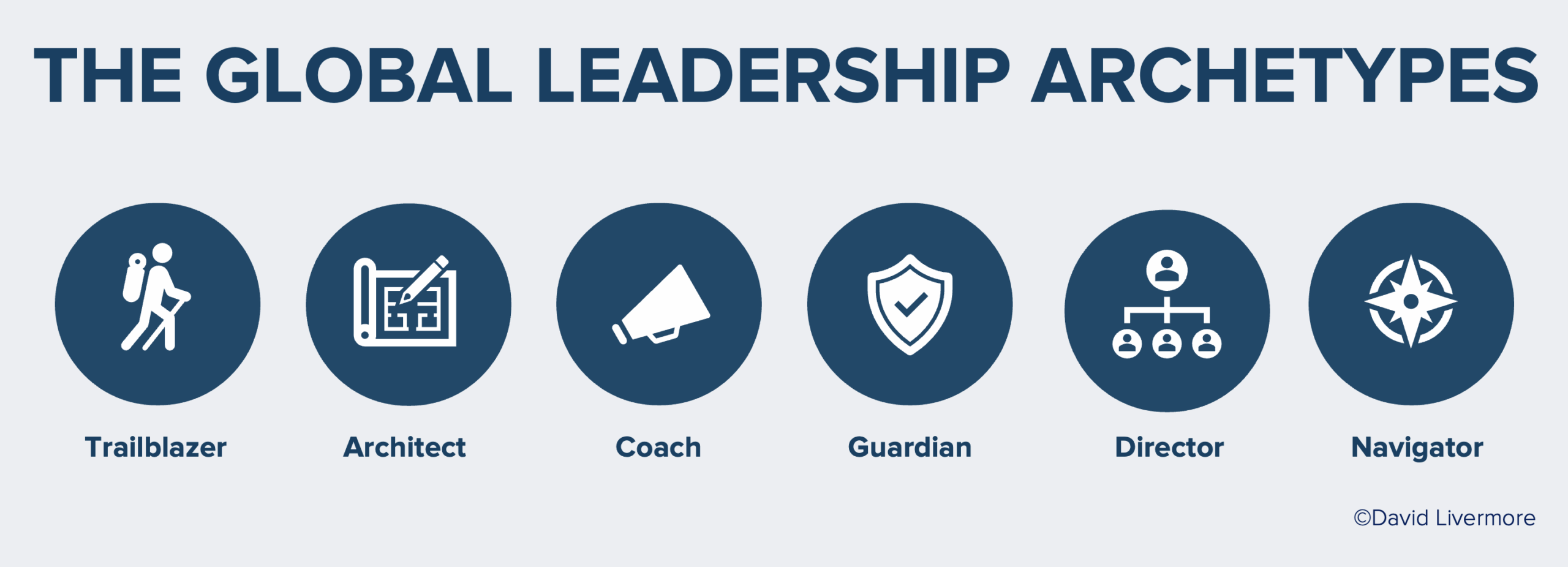
Cultural intelligence, or CQ, is the new currency of leadership in our globalized world. It’s a stronger predicter of leadership success in multicultural settings than IQ, EQ (emotional intelligence) and lived experience. But can you actually measure cultural intelligence?
The short answer is yes. This was in fact what made cultural intelligence such a groundbreaking intervention when the first studies were published 20 years ago. It was the first time there was a proven way to measure and predict how effectively one could navigate an overseas assignment, expand into new markets, or operate in Friedman’s flat world. The ability to quantify something that otherwise felt soft and elusive was one reason tech companies, financial services groups, and military communities were early adopters of CQ.
But what does it look like practically to use the research on how to measure cultural intelligence? The findings from thousands of peer reviewed studies give us three proven ways to do so, each of which offers something different:
1. CQ Assessments
The most prevalent form of measuring CQ is the CQ Assessment, available as both a self-assessment and 360° assessment. My colleagues Soon Ang, Linn Van Dyne, and Christine Koh developed the CQ Scale (CQS) using Sternberg’s theory of intelligence and validated it across a series of culturally diverse samples that included executives, expats, professionals, and students. Since then, we have dozens of academic studies that demonstrate a wide variety of outcomes predicted by the CQS such as decision-making, negotiation, and leadership in culturally diverse contexts. There’s rigorous evidence to demonstrate the reliability and validity of both the self and 360° versions of the assessment. Organizations like Harvard Business School, Google, IBM, Samsung, Toyota, and the US Department of Defense use CQ Assessments to evaluate the effectiveness of cross-cultural management capabilities, DEI programs, and study abroad initiatives.
CQ assessments allow individuals to understand which of the four CQ capabilities need the most development rather than applying equal effort to all of them. Some individuals have a deep understanding about cultural differences (CQ Knowledge) but lack an ability to adapt how they communicate with different groups (CQ Action). Further, with the 360° assessment, individuals can compare themselves against a global benchmark to understand where they stand compared to others, an insight that is particularly important for leaders.
There are dozens of other intercultural assessments available, some of which provide other critical insights, such as understanding one’s cultural preferences (GlobeSmart) or attitudes toward other cultures (IDI). But the CQ Assessment is specifically designed and validated to measure the skills that impact how we work and relate with people from different backgrounds.
2. Performance Based Measures
Cultural intelligence can also be assessed with performance-based measures. These include tools like standardized tests, writing assignments, assessment centers, and situational judgment tests. We’re all very familiar with standardized tests and writing assignments from our time in school. Standardized tests work particularly well for assessing CQ Knowledge (e.g., “Which of the following explains what is happening in this negotiation in China…”) while capabilities like CQ Drive and Strategy can be effectively evaluated through writing assignments or oral examinations (e.g., “Describe the motivational challenges at work in this scenario…”). CQ Action can be evaluated by observing one’s flexibility through roleplays and real-life team contexts.
One of the most promising measures of CQ is situational judgment tests (SJTs). SJTs present individuals with challenging intercultural situations and ask them how they would respond in that situation, sometimes referred to as “If-Then” scenarios. A rubric is used to score the substance and sophistication of participants’ responses. For instance, Ang, Rockstuhl, and Ng developed a series of multimedia intercultural SJTs and assessed the CQ capabilities based on the responses. The most effective SJTs use video-based scenarios because they create a more visceral response to what we observe; but even text-based SJTs provide rich data that go beyond the scores from the CQ assessment. Here are a few examples of SJTs that can be used to measure CQ:
- You’re leading a diverse team. During a meeting, one team member consistently interrupts others. How do you handle this situation to maintain a respectful and inclusive environment?
- A conflict arises between two team members from different cultural backgrounds due to a misunderstanding about communication styles. How do you mediate the situation and foster mutual respect and understanding?
- You’re assigned to lead a project in a country where business meetings traditionally start with casual conversation rather than diving straight into the agenda. How do you adapt your leadership style to accommodate this cultural difference while ensuring productivity?
- One of your team members, who is neurodivergent, prefers written communication over verbal exchanges during meetings. How do you adjust your communication approach to ensure this team member feels included and their input is valued?
Create a rubric based on the four CQ capabilities to evaluate the response to each SJT. You might consider other evaluative categories too, such as the degree to which the respondent addresses power dynamics or organizational variables potentially occurring in the situation.
There are some other promising performance-based measures on the horizon. Sabrina Duijnisveld, one of this year’s CQ Fellows is testing out a way to measure leadership CQ in a neuro-training lab with Dr. Stephen Poelmans at Antwerp Management School. Individuals come to the lab and watch actors simulate real life management scenarios that deal with cultural dilemmas while researchers study the participants’ brain activity. Similar research is underway at other universities with the early findings offering rich insights about how to measure CQ based on data from our brains.
3. Qualitative Evaluation
Finally, the four CQ capabilities provide an ideal template for qualitatively evaluating CQ. This might be something you do informally while interacting with someone. For example, evaluate someone’s CQ Drive by listening to how they talk about working with people who are different from them. Or create a checklist like the following to evaluate the CQ of job candidates:
CQ Drive
- To what degree do they show an interest in different cultures?
- Have they sought out opportunities to work with colleagues from different backgrounds?
- What’s their confidence level for engaging in culturally diverse situations?
CQ Knowledge
- To what degree do they demonstrate insight about how culture influences their decision making, communication style, workflows, etc.?
- Can they describe some fundamental cultural differences among the cultures where your organization works?
- What’s their understanding of industry-specific language that will be used by others they will be working with?
CQ Strategy
- To what degree are they mindful of their own cultural background?
- How would they change the way they have a difficult conversation with a colleague based on the cultural dynamics involved?
- How would they evaluate whether that difficult conversation was received well?
CQ Action
- To what degree can they alter their communication for various contexts? Ask them to demonstrate how they might request information from a colleague directly versus indirectly.
- How have they demonstrated flexibility when working with someone who has a different work style than them (e.g., someone who plans ahead versus a procrastinator)?
- To what degree do they flex their behavior when working with people and projects in different cultural contexts?
Peter Drucker famously said, “If you can’t measure it, you can’t improve it.” The most valuable outcome for measuring CQ is developmental. The feedback from these CQ measurements is a critical component for improving the effectiveness of how all of us work, relate, and lead in a diversity of contexts.



